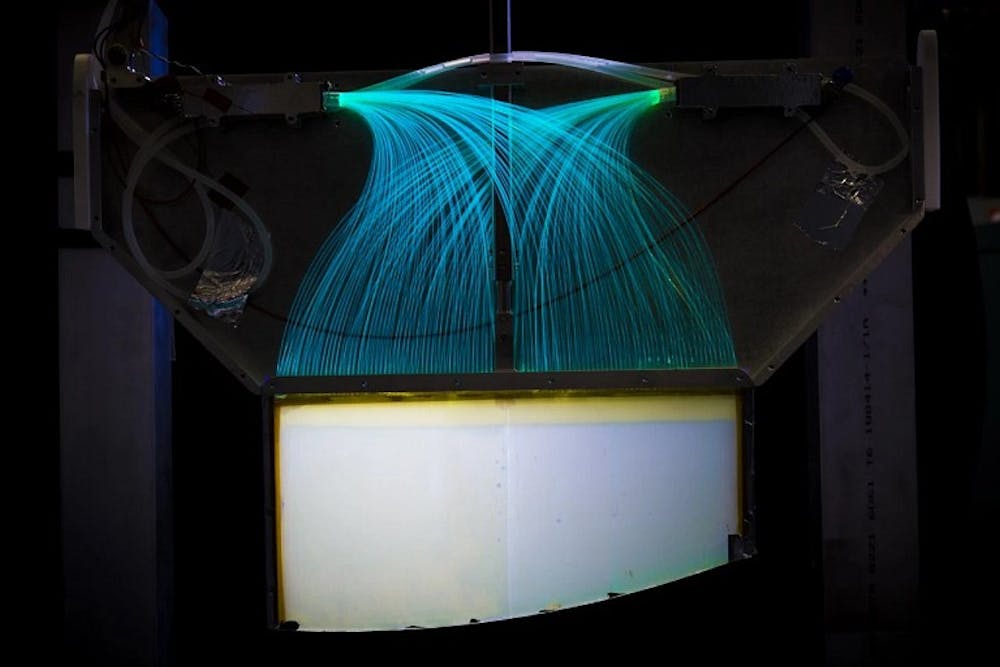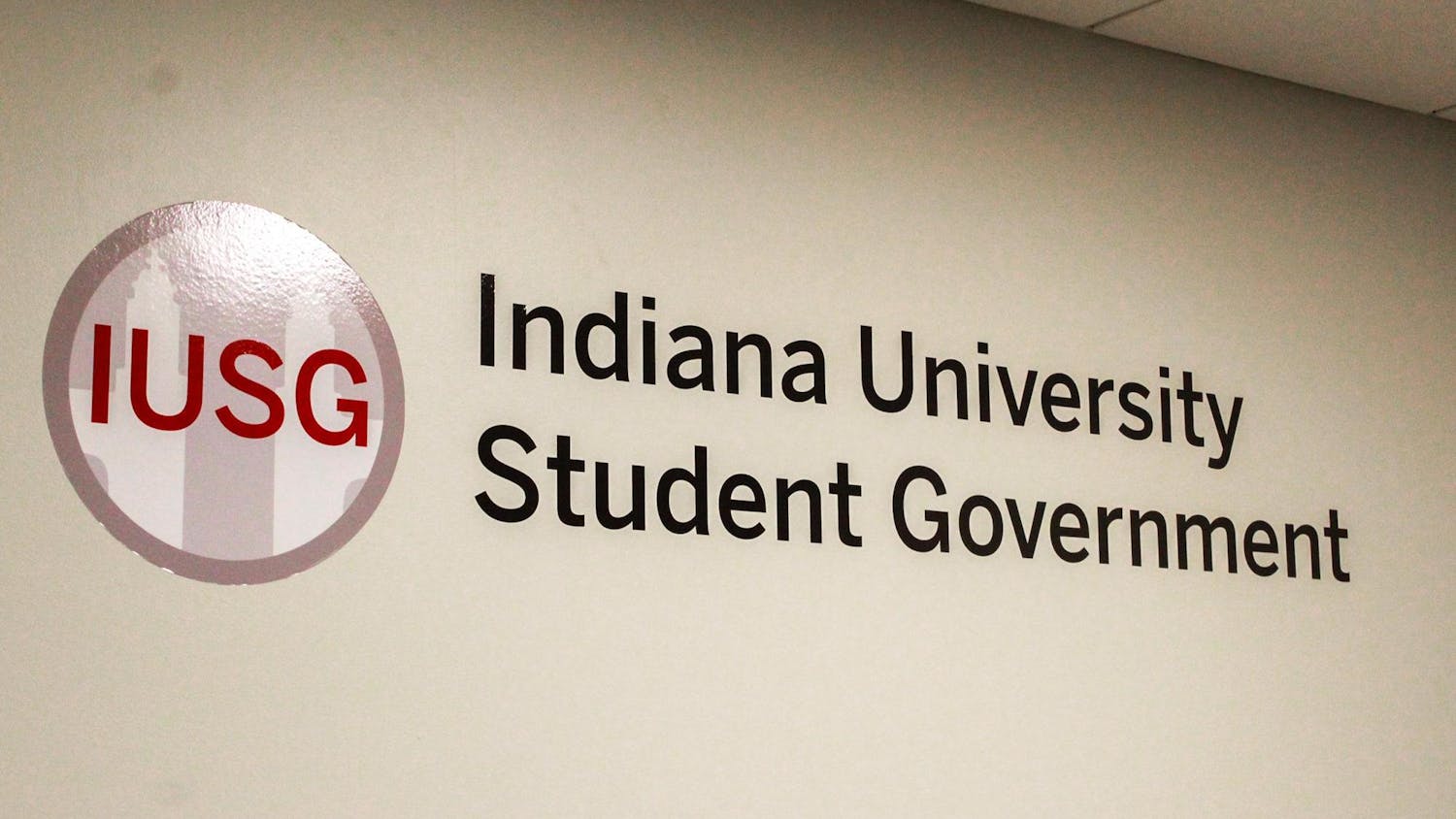A research team led by IU physicists announced Oct. 13 a single number that could help solve a decades-long mystery in the world of physics.
The world’s most precise measurement of the neutron’s lifetime is now 877.75 seconds, according to the study published in Physical Review Letters. The new measurement may help physicists put fundamental theories of the nature of the universe to the test, IU research scientist and research co-author Daniel Salvat said.
The experiment, conducted at Los Alamos National Laboratory from 2017 to 2018, measured the average time it takes the neutron to decay more precisely than ever before, he said. Salvat said his team’s latest measurement has more than twice the precision of its previous experiment published in 2018 and reports an uncertainty of less than 0.1%.
“The uncertainty with which we measured the neutron lifetime is by far the smallest that's ever been done,” Salvat said. “That we were able to do the measurement with such a greater statistical precision was remarkable.”
An over decade-long research project led by IU and made up of collaborators from across the country resulted in the latest experiment, he said. Salvat said the researchers designed an improved method to measure neutron lifetime.
Neutrons were placed in a bathtub-shaped trap lined with magnets that kept them suspended in air, then researchers counted how many neutrons were left in the trap to calculate how many decayed after a certain period of time. Salvat said the researchers cycled neutrons through the trap thousands of times and counted almost 40 million neutrons over the experiment.
Chen-Yu Liu, research team leader and IU physics professor, said one motivation for the experiment is to compare their results to those found by a competing method. The other method found neutron lifetime measurement to differ by about 10 seconds.
“This 10 seconds is just glaring at us,” Liu said. “It's a very disturbing fact that there exist two leading experimental techniques, and then they disagree with each other by 10 seconds.”
Liu said researchers are trying to determine if the discrepancy between the two studies is due to a flaw in one of their experiments, or if it’s an unknown physical phenomenon. She said their measurement is a “small piece of a big puzzle” that can help physicists solve this question of discrepancy and potentially lead to new developments in the field.
Chairman of IU’s Department of Physics David Baxter said the significance of the newest measurement is that its precision reduces the likelihood that the flaw is in IU’s experiment. The newest measurement still leaves room for uncertainty, but the window for error is lessening. If the two competing experiments continue to measure different results, then he said this could mean the neutron’s lifetime may be the answer to holes in physicists’ understanding of how matter works.
“You live for the times you see something you don't understand,” Baxter said. “Now we can start asking, ‘is this new physics or is it a misunderstood experiment?’ Maybe there's some other new physics that could explain what's going on here and so that's intriguing. That's what's exciting.”




